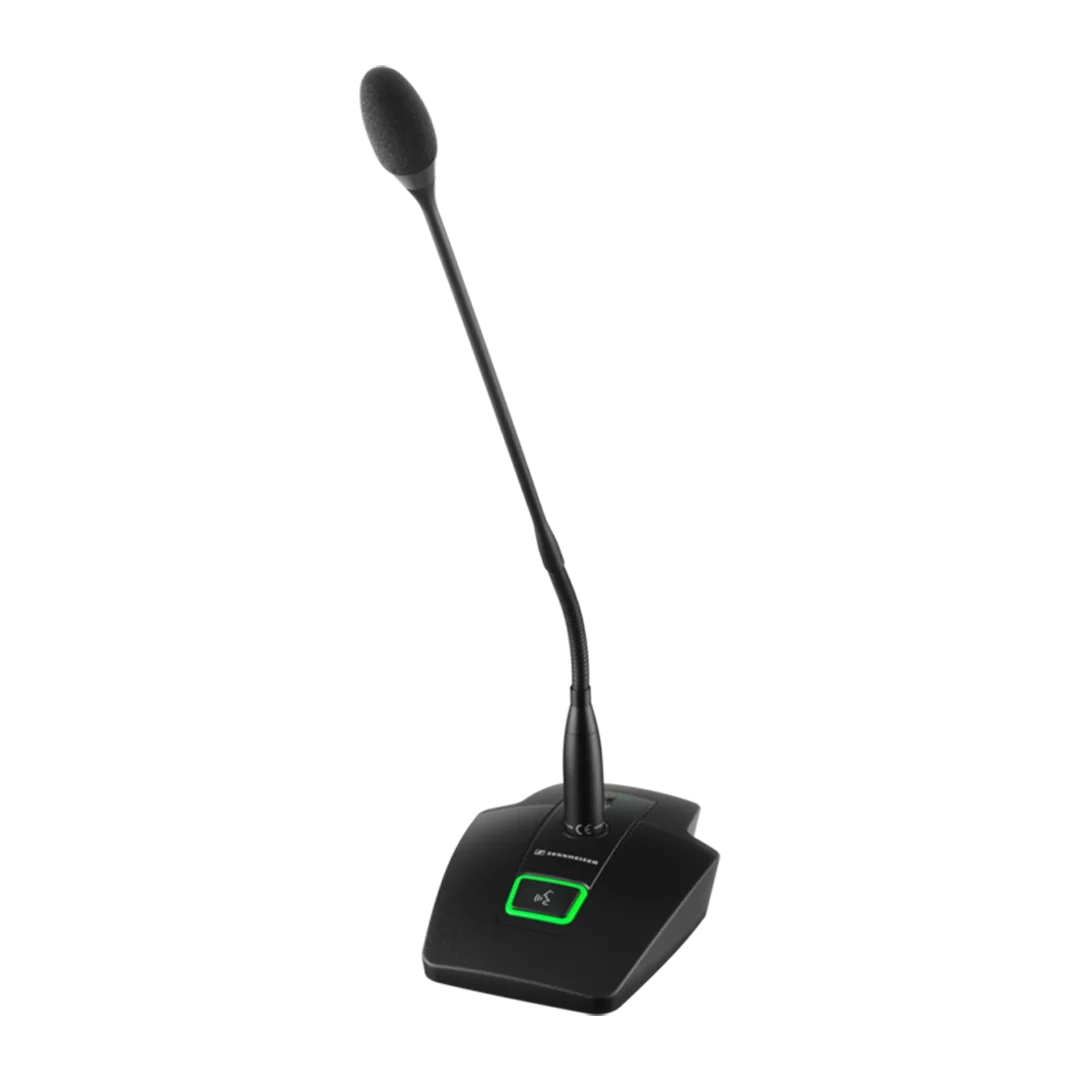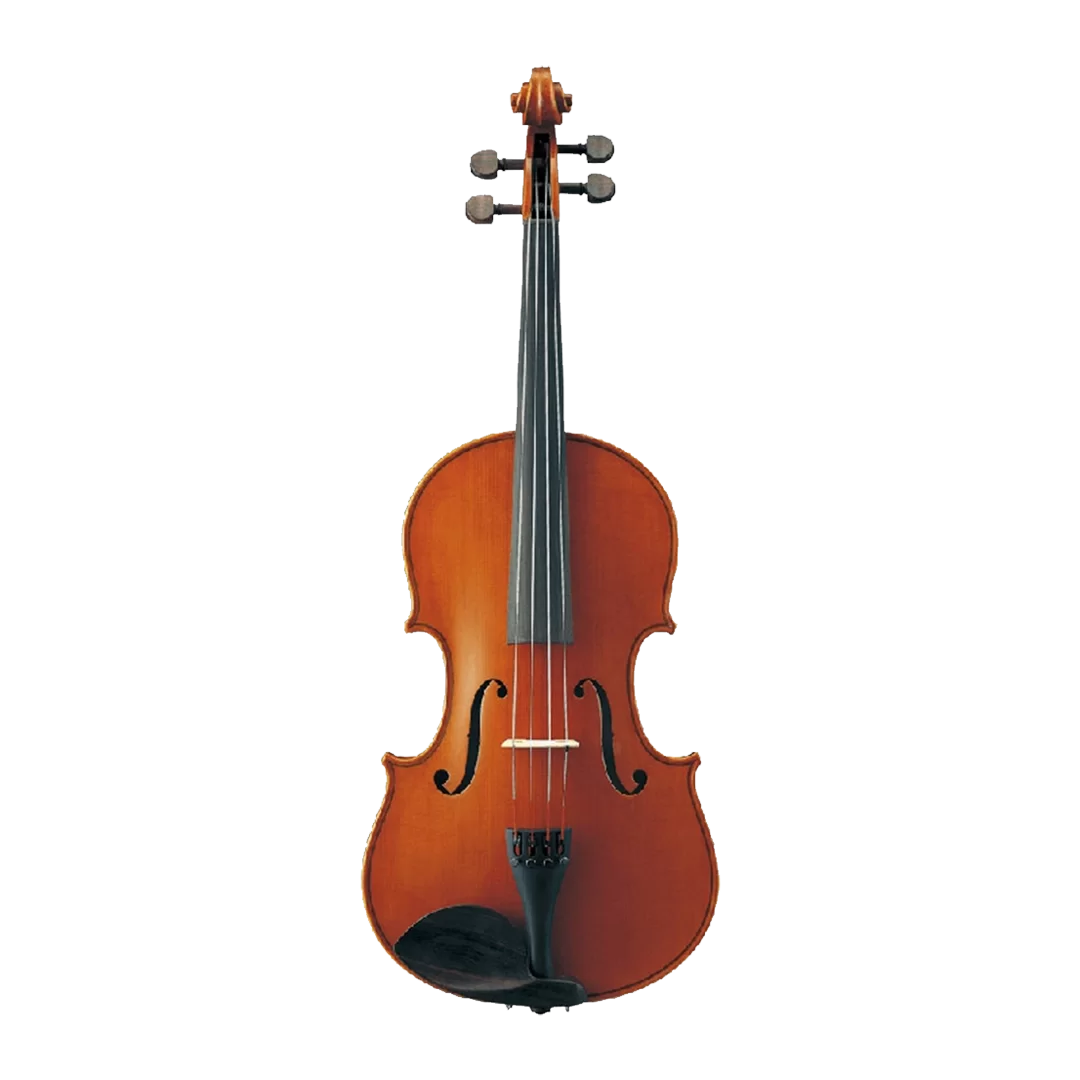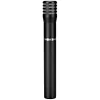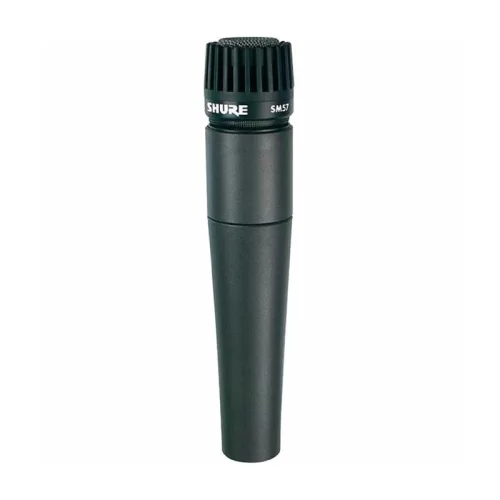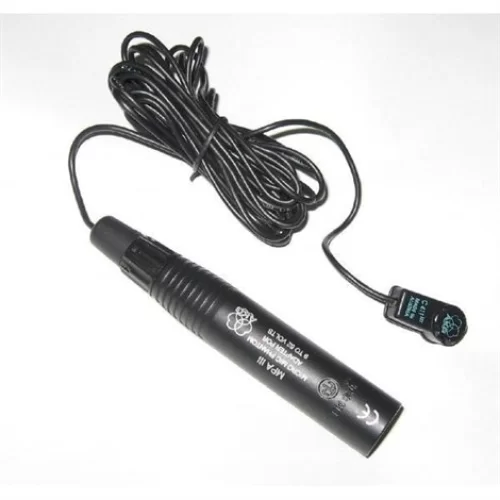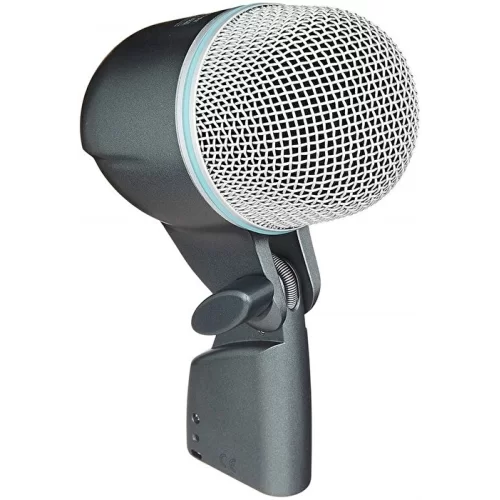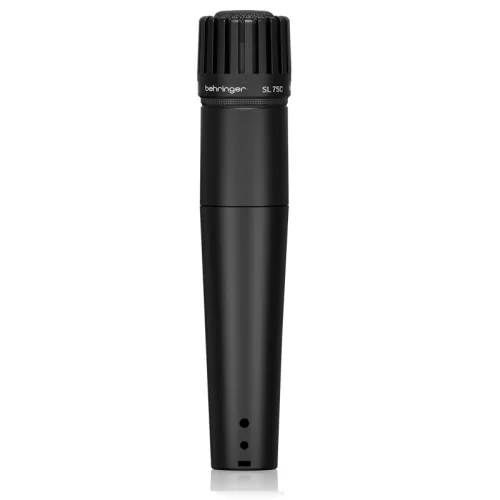SHURE SM 94 Enstrüman Mikrofonu Yayli-Nefesli İçin
- Barcode: 2242005494486
- Category: Musical Instrument Microphone
- %25Discount14.033 TLFREE CARGO
1.450 TL in installments starting from ..
Fast Shipping
Secure shopping
Returns and Exchanges
- A sensitive mic with a wide, flat response ideal for live amplified and acoustic instruments.
- Extremely well-suited for reproduction of stringed instruments, woodwinds and cymbals
- AA battery or phantom powerThis must be provided to all condenser microphones in order for them to operate.
 Read moreGo to the glossary
Read moreGo to the glossary - Internal shock mount
- Wide dynamic rangeThis is the difference between the queitest and loudest sound that a mic can pick up.
 Read moreGo to the glossary
Read moreGo to the glossary - Smooth, flat frequency responseThis is the range of frequencies, from the lowest to the highest, that a mic can pick up.
 Read moreGo to the glossary
Read moreGo to the glossary - Uniform CardioidPicks up most sound in front of the microphone and some from the sides. It is less susceptible to feedback in high volume environments.
 Read moreGo to the glossarycondenserCondenser microphones are more sensitive, give a smooth, natural sound and need to be powered.
Read moreGo to the glossarycondenserCondenser microphones are more sensitive, give a smooth, natural sound and need to be powered. Read moreGo to the glossary
Read moreGo to the glossary - Frequency responseThis is the range of frequencies, from the lowest to the highest, that a mic can pick up.
 : 40 to 16,000 Hz
: 40 to 16,000 Hz
- Transducer TypeA transducer converts sound into an electrical signal. The two most common types are dynamic and condenser.
 Read moreGo to the glossary : CondenserCondenser microphones are more sensitive, give a smooth, natural sound and need to be powered.
Read moreGo to the glossary : CondenserCondenser microphones are more sensitive, give a smooth, natural sound and need to be powered.
- Polar PatternPolar pattern describes how well the microphone hears sound from different directions.
 Read moreGo to the glossary: CardioidPicks up most sound in front of the microphone and some from the sides. It is less susceptible to feedback in high volume environments.
Read moreGo to the glossary: CardioidPicks up most sound in front of the microphone and some from the sides. It is less susceptible to feedback in high volume environments.
- Frequency ResponseThis is the range of frequencies, from the lowest to the highest, that a mic can pick up.
 Read moreGo to the glossary: 40 Hz - 16 kHz
Read moreGo to the glossary: 40 Hz - 16 kHz - SensitivityThis is how mich signal a microphone produces for a given amount of sound.
 Read moreGo to the glossary (1 kHz): -49,0 dBV/Pa / 3,5 mV/Pa
Read moreGo to the glossary (1 kHz): -49,0 dBV/Pa / 3,5 mV/Pa - Equivalent Selfnoise:
22 dB(A)
- Sound Pressure:
- 133 dB (Phantom)
- 129 dB (Battery)
Similar Products
{x} kişi bu ürünü inceliyor.
Çerez Kullanımı
Sizlere en iyi alışveriş deneyimini sunabilmek adına sitemizde çerezler(cookies) kullanmaktayız. Detaylı bilgi için Çerez ve Gizlilik sözleşmelerini inceleyebilirsiniz.
Loading...



